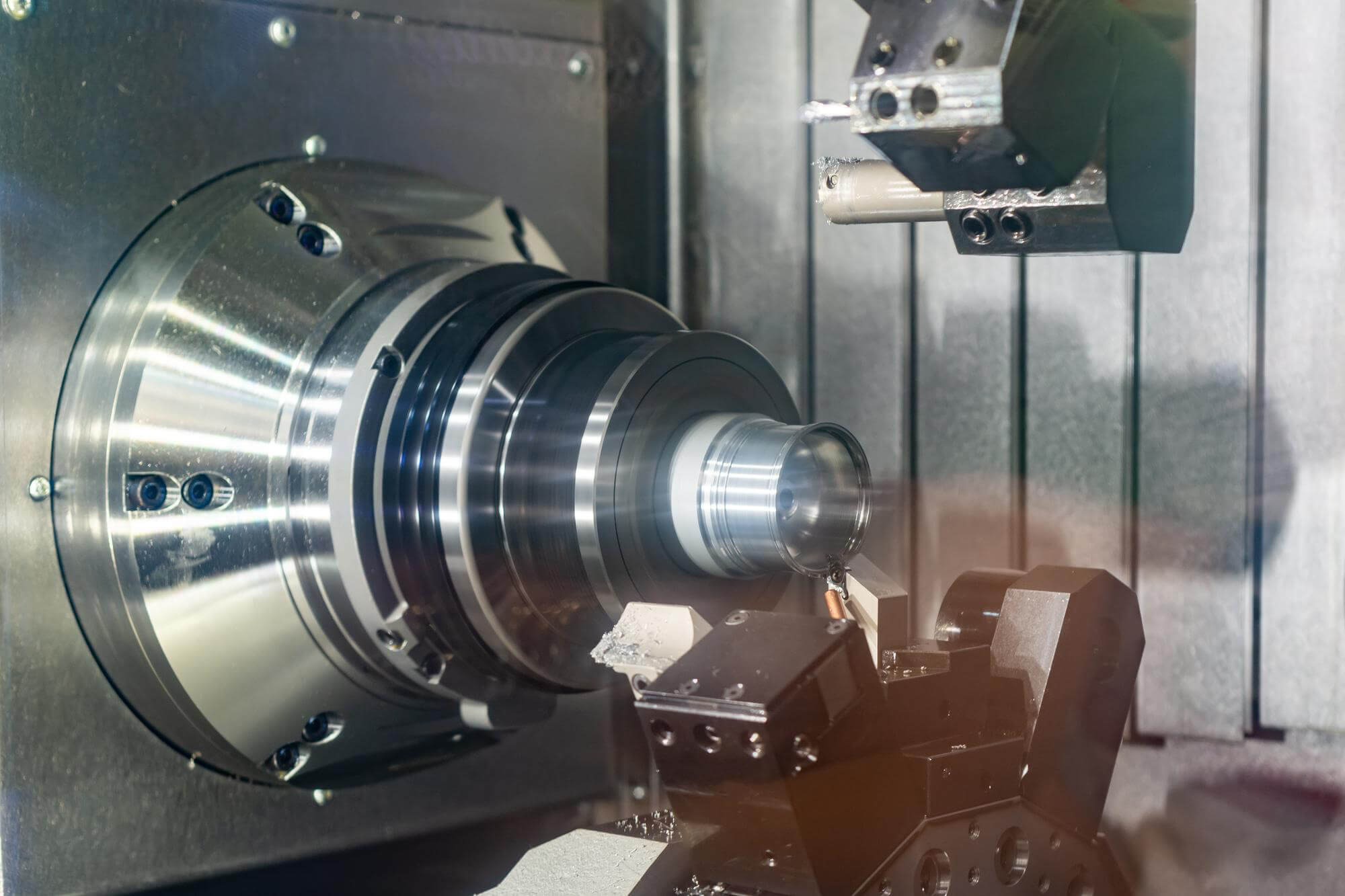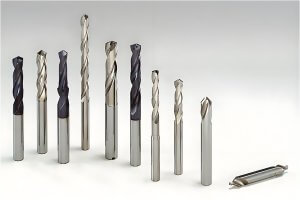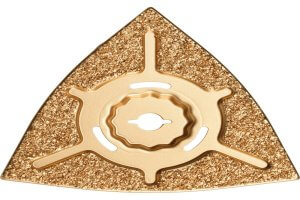Introduction
In the world of CNC machining, titanium alloys have carved a niche for themselves, known for their excellent strength-to-weight ratio, corrosion resistance, and ability to withstand extreme temperatures. These properties make titanium alloys highly desirable in industries such as aerospace, medical devices, and automotive. However, the very characteristics that make titanium alloys valuable also present unique challenges in machining. This guide is designed to help procurement specialists and manufacturers understand the nuances of machining titanium alloys, ensuring they can select the right suppliers and techniques for their specific needs.
Understanding Titanium Alloys
1. Types of Titanium Alloys
Titanium alloys are categorized based on their microstructure into three main types: α (alpha) titanium alloys, β (beta) titanium alloys, and α+β (alpha-beta) titanium alloys. Each type has distinct characteristics that make them suitable for different applications.
- α (Alpha) Titanium Alloys:
Alpha titanium alloys are primarily composed of alpha-phase titanium, which has a close-packed hexagonal crystal structure (HCP). These alloys are stable at room temperature and remain stable up to about 882°C, the transition temperature where alpha titanium transforms into beta titanium. Alpha alloys are non-heat-treatable, meaning their strength cannot be significantly improved by heat treatment. However, they offer excellent weldability, corrosion resistance, and high-temperature stability, typically up to 500-600°C. Due to their relatively low strength compared to other titanium alloys, alpha alloys are often used in applications where excellent corrosion resistance and weldability are more critical than high strength, such as in chemical processing and marine environments. - β (Beta) Titanium Alloys:
Beta titanium alloys contain elements that stabilize the beta-phase titanium, which has a body-centered cubic (BCC) crystal structure. These alloys are metastable at room temperature and can be retained in the beta phase after quenching from high temperatures (above 882°C). Beta alloys can be further strengthened through heat treatment processes such as aging, making them highly strong with tensile strengths ranging from 1372 to 1666 MPa. However, their high-temperature stability is limited, generally effective only up to about 300-350°C. Beta alloys are known for their excellent formability and are often used in applications requiring high strength and toughness, such as in aerospace fasteners and springs. - α+β (Alpha-Beta) Titanium Alloys:
Alpha-beta titanium alloys are a blend of both alpha and beta phases, resulting in a balanced combination of properties. These alloys contain both alpha stabilizers (like aluminum) and beta stabilizers (like vanadium), allowing the material to be heat-treated for improved strength. The microstructure of these alloys can be manipulated through heat treatment to achieve desirable mechanical properties. Alpha-beta alloys are widely used in aerospace, where a combination of high strength, good toughness, and moderate high-temperature performance (up to 400-500°C) is required. Examples include the widely used Ti-6Al-4V alloy.
2. Key Properties of Titanium Alloys
Titanium alloys are favored in various industries due to their exceptional properties:
- High Strength-to-Weight Ratio: Titanium alloys offer strength comparable to many steels but with nearly half the weight, making them ideal for applications where weight reduction is critical.
- Corrosion Resistance: Titanium is highly resistant to corrosion in various environments, including seawater and acidic conditions, making it suitable for marine and chemical processing applications.
- Biocompatibility: Due to its non-toxic and non-allergenic properties, titanium is extensively used in medical implants and devices.
- Thermal Stability: Titanium alloys retain their strength at elevated temperatures, which is crucial for applications in aerospace and automotive industries.
- Low Thermal Conductivity: While this property enhances its performance in high-temperature applications, it also poses challenges during machining, as heat generated during cutting can lead to tool wear and workpiece damage.
Challenges in Machining Titanium Alloys
1. High Cutting Forces
Titanium alloys exhibit high tensile strength, which results in increased cutting forces during machining. This can lead to rapid tool wear, increased power consumption, and potential workpiece deformation.
2. Poor Thermal Conductivity
The low thermal conductivity of titanium alloys means that heat generated during machining does not dissipate quickly, concentrating on the cutting edge of the tool. This can cause tool overheating, loss of cutting efficiency, and accelerated tool wear.
3. Work Hardening
Titanium alloys tend to harden during machining, especially when the cutting speed is too low or the feed rate is insufficient. This work hardening effect increases the difficulty of subsequent machining operations and further accelerates tool wear.
4. Surface Integrity
Maintaining surface integrity is challenging when machining titanium alloys. The high cutting forces and heat can lead to surface defects, such as micro-cracks, residual stresses, and surface hardening, which can compromise the performance of the final component.
5. Tool Wear
Due to the combination of high cutting forces, poor thermal conductivity, and chemical reactivity with cutting tools, titanium alloys are notorious for causing rapid tool wear. This necessitates the use of specialized tooling and cutting strategies to extend tool life and ensure consistent part quality.
Selecting the Right Tools for Machining Titanium Alloys
1. Tool Materials
Choosing the right tool material is critical when machining titanium alloys. The following materials are recommended:
- Carbide Tools: Fine-grained carbide tools are often preferred due to their high hardness and wear resistance. However, tools with coatings like TiAlN or diamond are more effective as they provide better heat resistance and reduce the chemical reactivity with titanium.
- High-Speed Steel (HSS): While not as durable as carbide, HSS tools can be used for machining titanium, particularly in low-speed applications or for intricate operations like drilling and tapping.
- Polycrystalline Diamond (PCD) and Cubic Boron Nitride (CBN): These superhard materials are used for high-speed machining of titanium alloys, offering excellent wear resistance and prolonged tool life. However, their high cost typically limits their use to specific high-precision applications.
2. Tool Geometry
Optimizing tool geometry is essential to managing the challenges posed by titanium alloys:
- Rake Angle: A positive rake angle (typically 5° to 15°) reduces cutting forces and helps in chip formation. However, excessive rake angles can weaken the tool, so a balance must be struck.
- Clearance Angle: A higher clearance angle (15° or more) reduces contact with the workpiece, minimizing friction and heat generation.
- Helix Angle: For end mills, a higher helix angle helps in efficient chip evacuation and reduces cutting forces, which is crucial when machining titanium alloys.
- Tool Nose Radius: A larger nose radius can help distribute cutting forces over a broader area, reducing wear on the cutting edge and improving surface finish.
3. Cutting Strategies
Implementing the right cutting strategies can significantly improve machining efficiency and tool life:
- Lower Cutting Speeds: Due to the high reactivity of titanium alloys, lower cutting speeds (20 to 50 m/min) are recommended to reduce heat generation and tool wear.
- Higher Feed Rates: Increasing the feed rate (0.1 to 0.5 mm/rev) can help overcome work hardening and improve chip formation. However, the feed rate must be balanced to avoid excessive tool loading.
- Use of Coolants: Copious amounts of coolant are essential to manage the heat generated during machining. Water-based coolants are preferred for their superior cooling capacity, although oil-based coolants may be used for operations requiring better lubrication.
- Climb Milling: When milling titanium alloys, climb milling is preferred as it reduces cutting forces, minimizes tool deflection, and improves surface finish.
Practical Tips for CNC Machining Titanium Alloys
1. Machine Setup
- Rigidity: Ensure that the machine setup is as rigid as possible to prevent vibrations and deflections, which can lead to poor surface finish and tool breakage.
- Workholding: Use robust workholding solutions to minimize workpiece movement during machining. Vacuum fixtures or custom clamps can be employed for complex geometries.
2. Tool Path Optimization
- Adaptive Tool Paths: Use adaptive tool paths in CAM software to optimize cutting forces and tool engagement, reducing the risk of tool breakage and improving material removal rates.
- Minimize Tool Engagement: By optimizing the tool path to minimize tool engagement, you can reduce the risk of overheating and improve tool life.
3. Monitoring Tool Wear
- Tool Life Management: Implement tool wear monitoring systems to track tool life in real-time. This helps in timely tool changes, reducing downtime and avoiding sudden tool failures that can damage the workpiece.
- Use of Wear-Resistant Coatings: Applying wear-resistant coatings such as TiAlN or diamond-like carbon (DLC) can enhance tool life, particularly in high-speed operations.
Case Study: Machining Titanium Alloy Flanges
A case study example of machining titanium alloy flanges for the aerospace industry highlights the application of the strategies discussed:
Objective: Manufacture high-precision titanium alloy flanges with tight tolerances and superior surface finish.
Challenges: The primary challenges were the high strength of the titanium alloy, its low thermal conductivity, and the need for maintaining dimensional accuracy.
Approach:
- Tool Selection: Carbide tools with TiAlN coating were selected for their high wear resistance and heat management properties.
- Cutting Parameters: A conservative cutting speed of 30 m/min was chosen, with a feed rate of 0.2 mm/rev to balance material removal rate and tool wear.
- Coolant Strategy: A high-flow coolant system was used to maintain low cutting temperatures and prevent tool overheating.
- Tool Path Programming: Adaptive tool paths were programmed to ensure consistent tool engagement and reduce the risk of tool deflection.
Results: The optimized machining strategy resulted in a 20% increase in tool life, significantly reduced surface defects, and consistent achievement of the required tolerances across multiple batches.
Conclusion
CNC machining of titanium alloys presents significant challenges, but with the right tools, techniques, and strategies, these challenges can be effectively managed. For procurement professionals looking to source titanium alloy parts, understanding these machining intricacies is crucial to selecting suppliers that can reliably deliver high-quality components. By applying the insights from this guide, you can make informed decisions that align with your specific manufacturing needs.
Other Articles You Might Enjoy
- Everything You Should Know About CNC Machining Titanium
Titanium (Ti), a shiny metal, has a high resistance to corrosion and high strength. Titanium is extremely lightweight and biocompatible. Ti is extracted from primarily unconsolidated sediments. Depending on the…
- Exploring CNC Machining: From Titanium to Snap Fit( cnc cutting tools Richard)
Central to the manufacturing industry, Computer Numerical Control (CNC) machining uses pre-programmed computer software to control machinery and tools. By understanding the scope of materials utilized in CNC machines like…
- Zirconium vs. Titanium: Evaluating CNC Machining for Critical Applications
Introduction: Zirconium vs. Titanium in CNC Machining In recent years, we've observed an increasing trend in the use of zirconium and titanium materials in the artful domain of CNC machining.…
- Comprehensive Guide to CNC Machining Brass Screws
Brass screws are widely used in various industrial and commercial applications due to their superior mechanical properties and attractive appearance. This article will delve into the characteristics of brass, the…
- PEEK vs. PEI in CNC Machining: Which Offers Better Performance for Engineering Applications?
Introduction to CNC Machining and the Materials PEEK and PEI CNC machining is an automated manufacturing technology that involves computer controls directing machinery in performing material cutting operations to produce…
- Applications and Advantages of Bronze CNC Machining
1. Introduction: The Enduring Allure of Bronze in CNC Machining In this opening section, we explore the timeless appeal of bronze as a material for CNC machining. From its rich…






